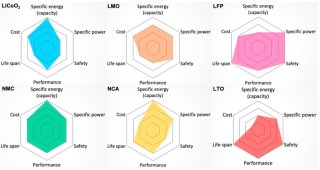yabert
Solar Enthusiast
Worthless! Well, I can understand your point. Higher voltage of a NMC 14S or 15S battery will lower current for same power output (by 15-20%) and the voltage range is similar to 4x 12V lead acid battery in serie.IMHO, 12S is pretty worthless for 48V.
Still, with an adjustable inverter low voltage cut-off at 40V, a 12S battery is perfectly fine. Between 40V and 50V a 12S battery will give you access to over 90% of his capacity.
So if someone find high quality/low cost 12S EV battery module, why bother.
I hope nobody on earth will have the bad Idea to take perfectly integrated and high quality 12S battery modules and destroy it to tried to do a DIY 15S battery simply because high voltage is better.
I bet battery fire could happen when a single guy think he is smarter than the hundred of engineers who designed and produce the 12S battery module for an EV warranty 8 years and hundred thousand miles.
Some battery module can be easily rearrange (Ford Energy, Nissan Leaf in mind), but some other are near impossible to rearrange (Tesla, VW, GM, Kia in mind).
But hey, we should all write to EV manufacturers to propose them to build 14S and 15S battery module instead of 12S
Oh! wait, 16S LFP modules in fact ?
Last edited:



